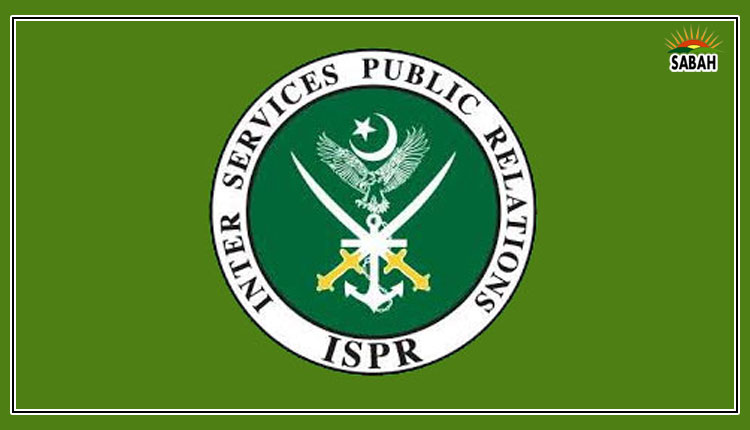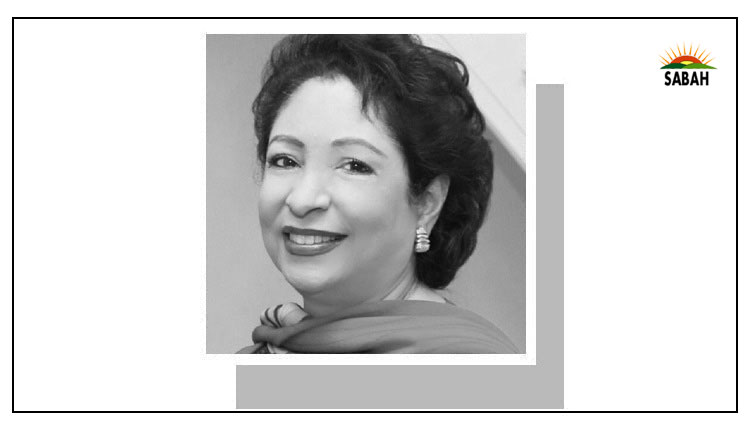Year of living on the edge…Maleeha Lodhi
2023 was another tumultuous year in Pakistan. It saw much uncertainty in the country about the economy and how its volatile politics will pan out. The question whether general elections would be held on time echoed through the year until the announcement at year end of a firm date and election schedule, with the Supreme Court acting as a forcing factor. This put an end to uncertainty about the election date but not how, fair, free and inclusive the polls would be.
The first half of the year saw the ruling Pakistan Democratic Movement coalition engage in countering opposition leader Imran Khan and containing protests by his party in a politically charged atmosphere. An overarching aspect of these months of political tensions was the deepening polarisation in the country.
PDMs record in governance during its 16 months in power was unexceptional, inevitable perhaps for a diverse, unwieldy 13-party coalition. It became defined by its bloated cabinet the largest in the countrys history.
Its erratic economic management, with a change of finance minister early in its tenure, compounded the situation when the country was mired in the worst economic crisis in its history, although this was the cumulative result of decades of dysfunctional policies and political instability. 2023 also saw the country teeter precariously on the edge of debt default. This was narrowly averted by a bailout deal with the IMF in July and by the rollover of loans by China.
The Stand-by Arrangement (SBA) with the Fund provided the economy a temporary reprieve for which the government was obliged to take a series of tough measures to stabilise the situation. Soaring inflation added to the cost-of-living crisis and the publics growing economic burden while the sudden and sharp rise in electricity bills fuelled widespread discontent and protests.
In August 2023, the PDM government stepped down, but in its final days secured approval from the Council of Common Interests for the new population census. It legally obliged the Election Commission of Pakistan (ECP) to first carry out a fresh delimitation of constituencies to reflect the census before elections could be called. This ruled out polls within the statutory 90-day period after dissolution of the National Assembly.
It gave the caretaker arrangement that was installed a longer tenure in power. This triggered intense uncertainty about when elections would be held while political moves and court dramas to secure earlier elections came to naught.
Political volatility and economic fragility characterised 2023, raising questions about future stability.
The caretaker government assumed charge of the country in a hybrid governing arrangement in which the balance of power shifted even more significantly to the military to become a defining feature of governance in 2023. Major decisions in the interim phase were taken by the military establishment including on the economy, epitomised by the creation and management of the Special Investment Facilitation Council to promote fast track investment by friendly Arab countries.
It was also evidenced by the decision to expel illegal foreign nationals, mostly Afghans from the country, and a much tougher policy towards Kabul, following a surge in terrorist attacks in Pakistan by the outlawed group TTP, based in Afghanistan. However, the security situation continued to deteriorate throughout the year.
The most politically significant development of the outgoing year was the irrevocable breakdown of Imran Khans relations with his erstwhile backers in the military establishment. When violent protests broke out on May 9 over his (then temporary) arrest, PTI supporters attacked and vandalised military installations and government buildings. This and Khans persistent allegations that the military was behind a US-inspired plot to unseat him sealed his fate.
In August, he was arrested after his conviction by the Islamabad High Court in a corruption case that held him guilty of illegally selling state gifts. The conviction banned Khan from contesting elections and holding public office for five years. Over a hundred other cases were registered against him. A sweeping crackdown saw arrests of PTI leaders and activists while some were coerced into abandoning the party.
By the close of 2023, almost all its senior leaders were in jail while the partys efforts to hold public rallies were constantly disrupted by the authorities. This raised the question of how fair the poll would be with PTI claiming it was being forced out of the election process. Being deprived of its electoral symbol bat by the ECP reinforced these doubts.
A new party was launched by Jahangir Khan Tareen, former PTI stalwart, with official backing. The Istehkam-i-Pakistan Party, comprising mostly deserters from PTI, styled itself as an alternative, but the countrys history suggested that voters punished turncoats and fickle politicians. This, in fact, left the field open for PML-N, whose leaders return from self-exile abroad gave an expected boost to the party. Nawaz Sharifs political comeback was nothing short of remarkable.
Over two decades ago, when he was exiled following a military coup, many believed his political career was over. But he came back to win the 2013 election and become prime minister for the third time.
Having returned now and able to secure favourable court verdicts in politically motivated cases in which he had been convicted, he quickly positioned himself for a fourth bid for prime ministership. He also got down to the business of politics, rallying his party, mending internal rifts and forging election alliances with other parties in anticipation of the possibility that the electoral outcome would necessitate a coalition government.
But more than politics it was the economy that emerged as the crucial factor to determine the countrys fate and fortunes in 2024 and the years ahead. A slew of negative trends continued through the year internal and external financial imbalances remained wide, foreign exchange reserves depleted to a fragile level, inflation hit a historic high, domestic and foreign debt reached unsustainable levels, the rupee lost record value against the dollar, growth stagnated, exports fell, overseas remittances declined and foreign direct investment remained dampened.
True, the SBA provided some fiscal stabilisation. But the consequential question for the year ahead was whether the election would produce a government committed to comprehensive reforms to address long-standing structural problems that could put the country on a path of sustained economic recovery and growth.
Courtesy Dawn












